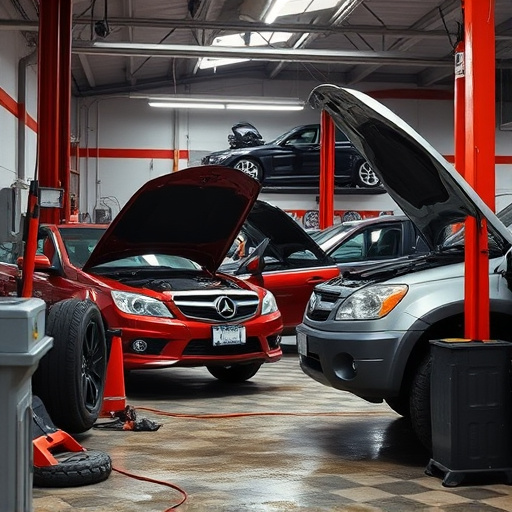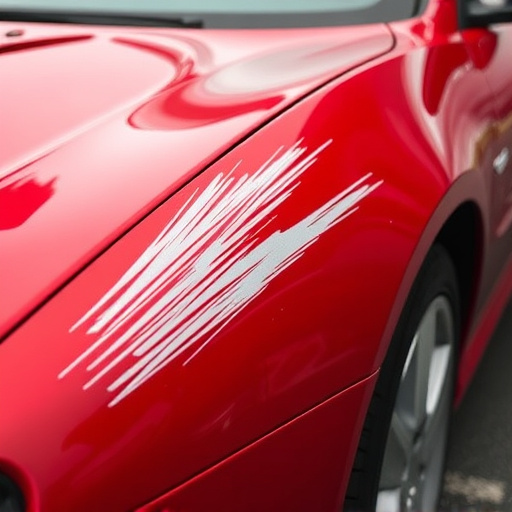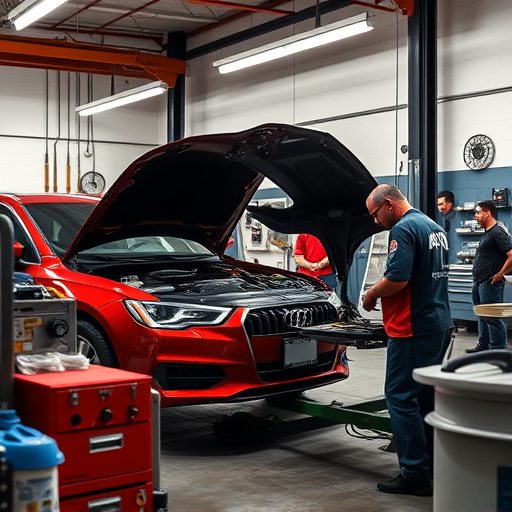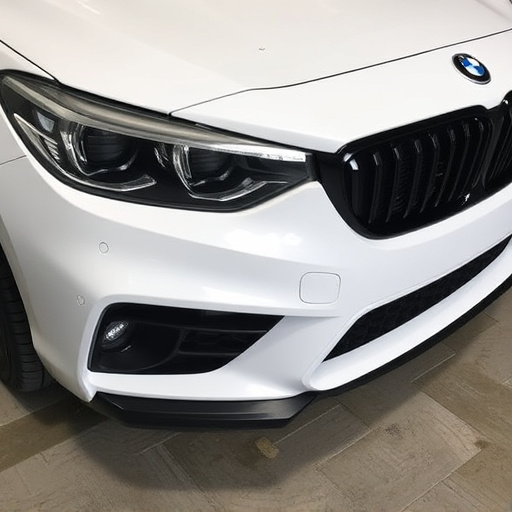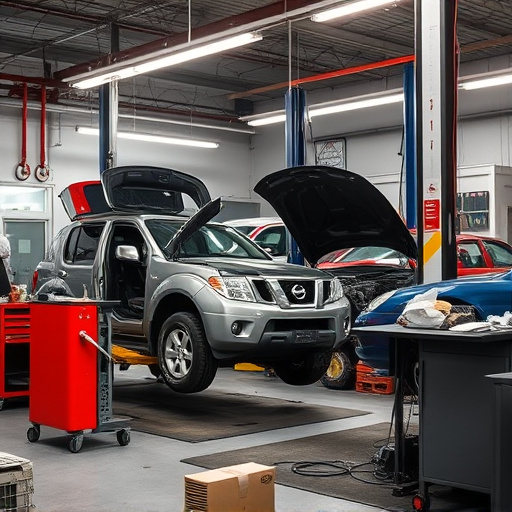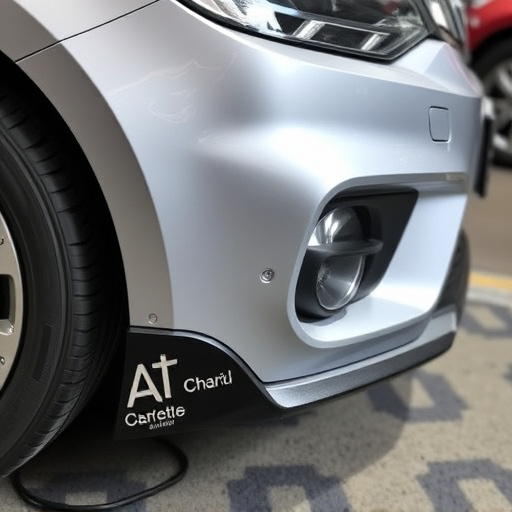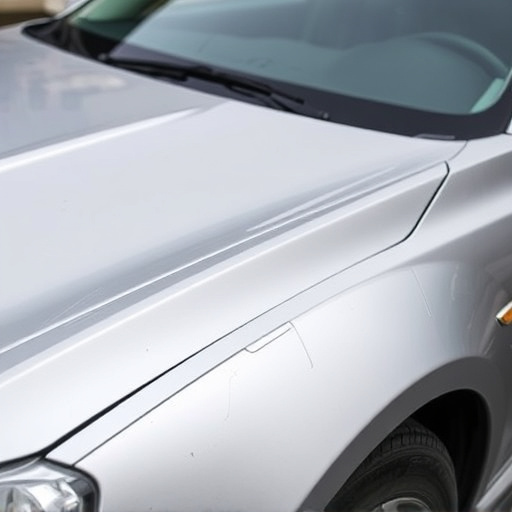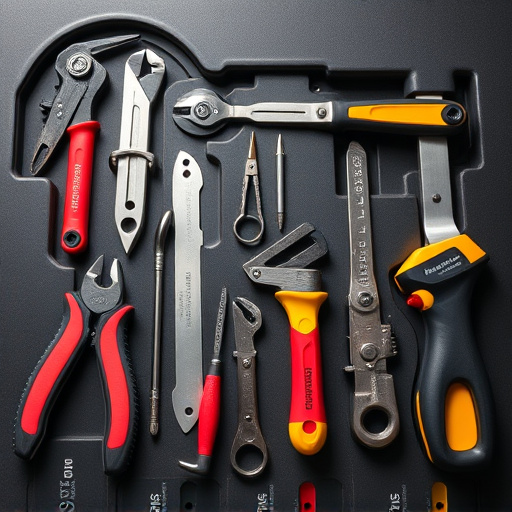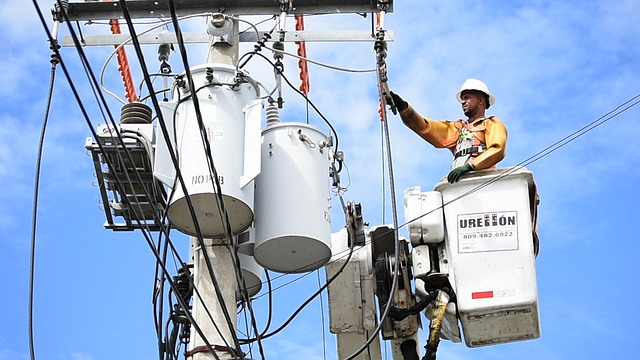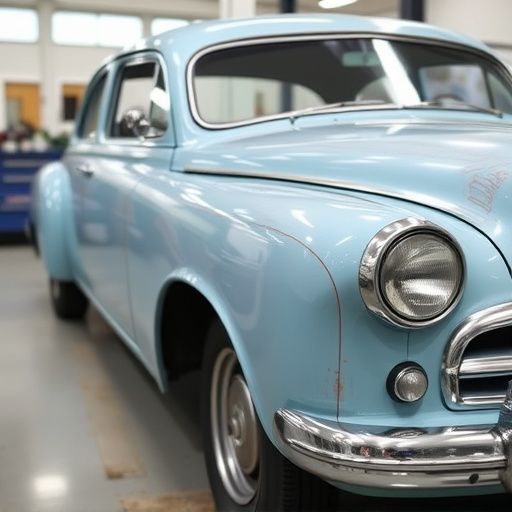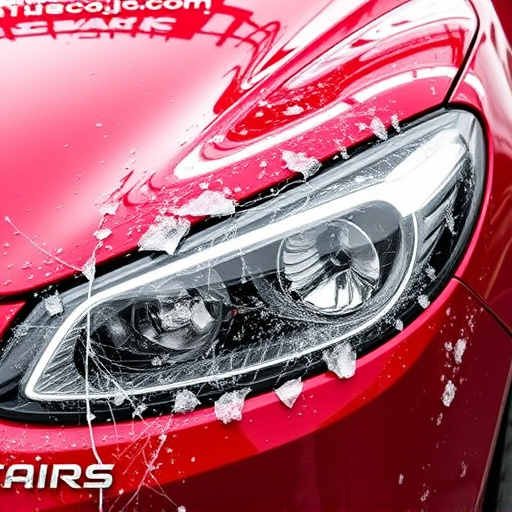Mercedes spot weld bonding is a critical manufacturing process for luxury vehicle structural integrity. Expertise and precision are vital to ensure bond strength and alignment, impacting vehicle performance and safety. Thorough quality control inspections using advanced tools like ultrasonic testing and X-ray inspection maintain Mercedes' renowned quality standards, enhancing car longevity and minimizing issues from collision repair or auto painting. This rigorous scrutiny is essential for vehicle safety and structural soundness in modern auto body repairs.
Mercedes-Benz, renowned for its precision engineering, employs advanced spot weld bonding in vehicle assembly. This process ensures structural integrity and quality. The article delves into the intricate details of Mercedes spot weld bonding, exploring the manufacturing process and critical quality control inspections. We’ll uncover the methods and tools used to validate bond strength, ensuring every Mercedes rolls off the line with robust, reliable construction. Discover how these quality checks maintain the brand’s reputation for excellence in automotive craftsmanship.
- Understanding Mercedes Spot Weld Bonding Process
- Quality Control Inspections: Methods & Tools
- Ensuring Robustness: Validation Techniques Applied
Understanding Mercedes Spot Weld Bonding Process

Mercedes spot weld bonding is a precise manufacturing process that plays a vital role in ensuring the structural integrity of luxury vehicles. This method involves creating strong bonds between metal panels, which are then merged to form complex car bodywork structures. During production, spot welds are strategically applied, utilizing specialized equipment to melt and mix the metals at specific points, resulting in robust connections. The process demands precision and expertise, as even minor variations can impact overall vehicle performance and safety.
Understanding Mercedes’ approach to spot weld bonding is crucial for quality control inspections. By examining these bonds, automotive experts can assess the strength and alignment of the welds, guaranteeing that they meet stringent industry standards. This meticulous inspection ensures that every vehicle leaving the assembly line maintains superior structural integrity, contributing to the renowned quality associated with Mercedes-Benz car bodywork services. Moreover, it plays a pivotal role in minimizing issues arising from vehicle collision repair and auto painting processes, ensuring long-lasting performance for owners.
Quality Control Inspections: Methods & Tools

Quality Control Inspections for Mercedes Spot Weld Bonding involve a meticulous process using advanced tools and techniques to ensure precision and integrity in automotive repair. One common method is ultrasonic testing, which employs high-frequency sound waves to detect any flaws or inconsistencies in the weld bonds. This non-destructive testing approach allows examiners to assess the internal structure of the welds without causing damage.
Another powerful tool in the arsenal is X-ray inspection, offering detailed images that reveal hidden defects within complex assemblies like fenders and bumpers. These inspections are crucial for identifying issues arising from minor accidents, often referred to as fender benders, which might not be apparent through visual examination alone. The use of these advanced methods ensures that any Mercedes spot weld bonding is up to the highest standards, contributing to the overall quality and safety of automotive repair and bumper repair processes.
Ensuring Robustness: Validation Techniques Applied

Mercedes spot weld bonding is a critical process that demands meticulous validation to ensure robustness and structural integrity. Auto body shops and collision repair centres employing this technique employ advanced quality control inspections to verify the strength of these bonds. These inspections involve utilizing specialized equipment, such as ultrasonic testers and X-ray machines, to peer into the weld’s depth and quality. By detecting even the smallest imperfections, these tools help maintain the precision required for top-tier auto body repairs.
The validation techniques applied go beyond mere visual inspection. They encompass a comprehensive approach that includes cyclic loading tests, environmental simulations, and digital imaging analysis. These rigorous methods ensure that Mercedes spot weld bonding not only meets but exceeds industry standards, even under extreme conditions like hail damage repair scenarios. This level of scrutiny is vital for preserving vehicle safety and structural soundness, making it an indispensable step in the modern auto body shop’s quality control process.
Mercedes spot weld bonding, a critical process in automotive manufacturing, ensures structural integrity and safety. Through rigorous quality control inspections utilizing advanced methods and tools, manufacturers validate the robustness of these bonds. By employing meticulous validation techniques, every weld is examined to meet stringent standards, guaranteeing the superior quality and reliability of Mercedes vehicles. This comprehensive approach ensures that each car produced adheres to the highest craftsmanship expectations.
